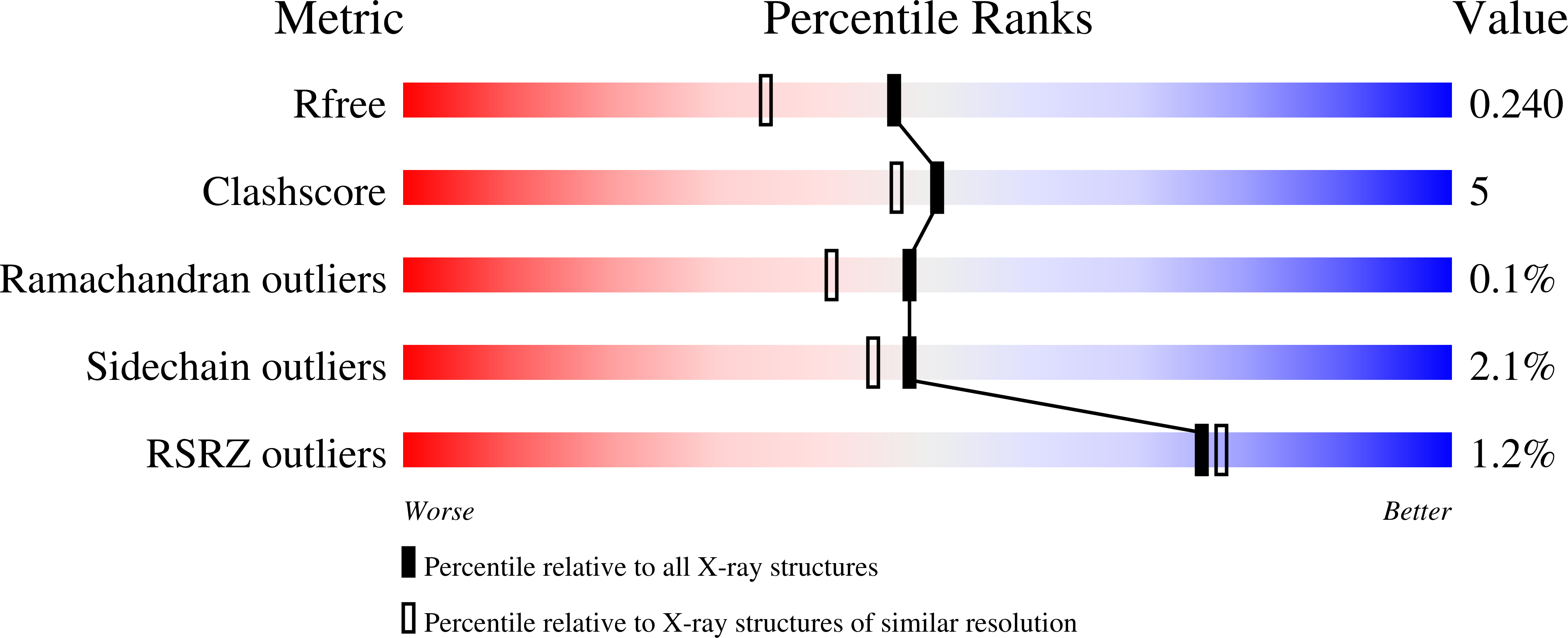
Deposition Date
2024-06-16
Release Date
2025-04-02
Last Version Date
2025-04-02
Entry Detail
PDB ID:
9CA3
Keywords:
Title:
Crystal structure of MarE C280S in complex with cyanide bound heme and its native substrate, beta-methyl-L-tryptophan
Biological Source:
Source Organism:
Streptomyces sp. B9173 (Taxon ID: 1462558)
Host Organism:
Method Details:
Experimental Method:
Resolution:
1.89 Å
R-Value Free:
0.24
R-Value Work:
0.19
R-Value Observed:
0.19
Space Group:
P 1 21 1


